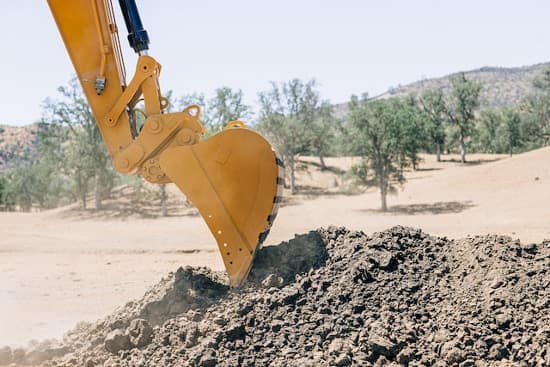Construction workers use trench shoring during construction to support trench walls for excavation. Trench shoring aims to prevent cave-ins, which can be dangerous or even deadly. The process involves using specialized equipment and materials to reinforce the walls of the trench, making them more stable and less likely to collapse.
Types of Trench Shoring
Here are some common types of trench shoring that you can use:
Hydraulic Shoring
Hydraulic shoring is a versatile trench shoring system that one can adjust to fit the dimensions of the excavation. Usually, workers use it when they are working in trenches that are too narrow for other shoring types. Hydraulic shoring is made up of two or more hydraulic cylinders that are connected by a steel frame. The cylinders are positioned against the trench walls and are then extended to provide support.
Aluminum Trench Shields
Aluminum trench shields are aluminum trench boxes. Construction workers usually use this technique because its installation procedures are simple. Workers can find aluminum trench boxes for sale which are made from aluminum panels welded together to create a strong, rigid structure. The boxes are placed inside the trench and are then filled with soil to provide additional support.
Pneumatic Shoring
Pneumatic shoring is another type of trench shoring that uses air pressure to support the trench walls. It features a system of pneumatic jacks or bladders, inflated with compressed air, placed against the trench walls. It creates a tight, secure support system that can withstand heavy loads and high pressures.
Benefits of Trench Shoring
Trench shoring comes with multiple benefits, along with providing a safe working environment. Here are some major benefits that you may expect from trench shoring:
Increased Efficiency
Providing a safe and stable worksite helps workers to be more efficient. This results in faster completion times and lower labor costs. In addition, trench shoring equipment is typically easy to install and remove, further reducing project timelines and costs.
Cost Savings
Trench shoring can help prevent accidents and injuries, which can result in costly lawsuits and insurance claims. By implementing trench shoring techniques, contractors can save money by avoiding these potential costs. Additionally, preventing soil collapse through shoring can reduce the need for expensive excavation rework, resulting in further cost savings.
Protects Infrastructure
Trench shoring can also help protect surrounding infrastructure, such as roads, buildings, and pipelines. Soil collapse can cause damage to these structures, which can be expensive to repair or replace. Trench shoring can prevent soil collapse and protect the surrounding infrastructure, saving contractors and project owners significant costs.
Enhanced Safety
Trench shoring significantly reduces the risk of worker injury or death from soil collapse, which is one of the common causes of accidents in excavation work. This not only protects workers but also helps to maintain a safe and positive work environment, improving morale and productivity.
Real-Life Applications of Trench Shoring
Trench shoring is commonly used in a wide range of construction applications, including the installation of underground utilities, building foundations, and sewage systems. In many cases, the soil in the excavation area is unstable, which makes trench shoring essential to prevent collapse. Here are some trench-shoring applications in real life to give you a better idea:
Utility Line Installation
Workers often use trench shoring in utility line installation projects. These projects entail the installation of electrical cables, water pipes, and other infrastructure. Trench shoring ensures that workers can work safely while installing these lines.
Excavation for Foundation
Excavating for building foundations is another common application of trench shoring. You may have seen that trenches are often dug deep to make room for the foundation. Workers who do not do proper shoring may encounter soil collapse. So, trench shoring helps to stabilize the soil and provide a safe working environment for workers.
Road Construction
Construction workers may use trench shoring during road construction. Trenches are often dug to install drainage systems, electrical cables, and other infrastructure before constructing a road. So, you may need trench shoring here.
Underground Parking Garage Construction
Trench shoring is also essential during underground parking garage construction. The excavation required for underground parking garages is often deep and can be dangerous without proper shoring. By using trench shoring, workers can ensure the job is done without mishaps.
Sewer Line Installation
Lastly, trench shoring is also critical in sewage line installation. Trenches are often dug deep to make room for the sewer line because, without proper shoring, there is a risk of soil collapse. Trench shoring helps to stabilize the soil and ensure the workers can work safely.
Conclusion
In conclusion, trench shoring is an essential construction technique to ensure workers’ safety in excavations. With various types of trench shoring available, workers can choose the most suitable option for their specific needs. They can then complete their tasks safely and efficiently while enjoying the benefits of increased efficiency, cost savings, and protected infrastructure.








